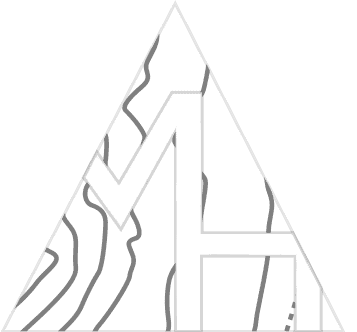At this month’s NYC Mappy Hour we were lucky to have the expert staff of The Cliffs at LIC speak to us on reading, understanding, and ultimately trusting your climbing guidebooks. The spot for the night was The Local – a beautiful hostel in Long Island City, Queens with a projector, couches and drink specials to make us feel at home.
The presentation really illuminated how to get the information you need to find and climb routes outside. While a “guidebook” may sound self explanatory, knowing what you’re looking at and how to interpret the information is key to staying safe and having fun outside. Here are a few notes:
Guidebooks:
- Guidebooks aren’t regulated. Some guidebooks have glaring misprints.
- Guidebooks offer more than just where the routes are, they also often include local rules, information about the approach, gear recommendations, history of the area, and where to camp
- Pay attention to the history: the Gunks are a great example of where history directly influences climbing grade (they are notably harder then other ares)
- “Old School Guidebooks” usually include drawn maps and need to be interpreted in relation to the rock face you’re looking at
- New Guidebooks often have photos and other updated visuals to help clarify where routes are
Online Options:
- Apps are currently being developed for climbing areas (including our local crag: The Gunks). One of the biggest perks of an app is that it can easily be updated.
- Online forums like Mountain Project (again unregulated) are jam-packed with potentially useful information.
People:
- While guidebooks obviously contain a ton of information, people are often the best resource
- Local climbing gyms (hire climbers)
- Local gear shops such as Rock & Snow in New Paltz
- Guiding companies who operate in the area on a daily basis
Missed this month’s Mappy Hour? Check out our next events here: https://mappyhour.org/events

